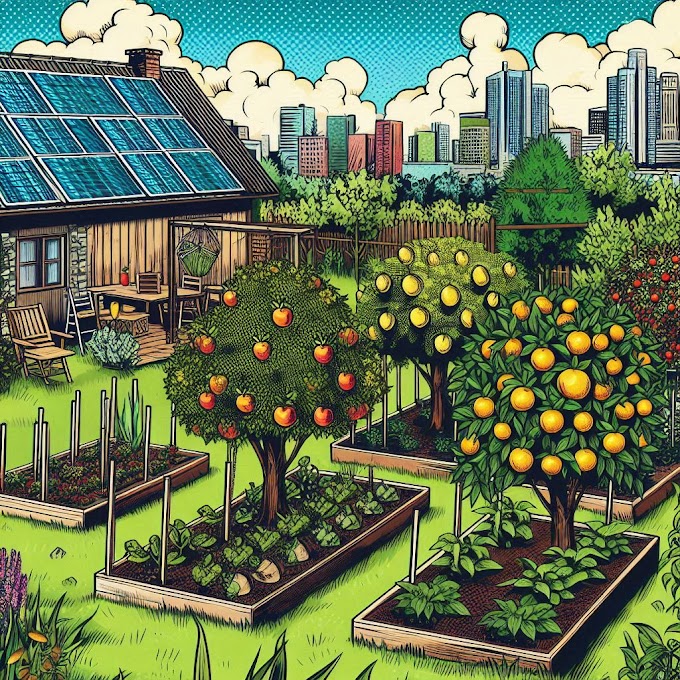Garlic: The Ultimate Survival Garden Staple
Garlic is a survival gardening powerhouse. It’s easy to grow, stores well, and adds flavor and nutrition to countless dishes. With its medicinal properties and versatility, garlic is a must-have in your survival garden.
Why Grow Garlic?
Nutritional Value: Garlic is rich in manganese, vitamin B6, and vitamin C. It also contains antioxidants and sulfur compounds that support heart health and boost immunity.
Medicinal Uses: Known for its antibacterial, antifungal, and antiviral properties, garlic can be used as a natural remedy for colds, infections, and more.
Longevity: Properly cured garlic bulbs can last for months, ensuring a steady supply during challenging times.
When to Plant Garlic
Fall Planting: The best time to plant garlic is in the fall, 4-6 weeks before the ground freezes. This allows the bulbs to establish roots before winter.
Spring Planting: In colder regions, garlic can also be planted in early spring as soon as the soil is workable, but fall planting yields better results.
Where to Grow Garlic
Location: Choose a sunny spot; garlic needs at least 6-8 hours of sunlight daily.
Soil: Garlic thrives in loose, well-drained soil with a pH of 6.0-7.5. Add compost or well-rotted manure for fertility.
How to Grow Garlic
1. Prepare the Bed: Loosen the soil and remove weeds.
2. Choose Varieties: Softneck garlic is better for warmer climates and stores well, while hardneck garlic is ideal for colder regions and has more robust flavor.
3. Planting:
Break a garlic bulb into individual cloves.
Plant each clove root-side down, 2 inches deep, and 6 inches apart, with rows spaced 12 inches apart.
4. Watering: Keep the soil evenly moist, but avoid waterlogging.
Benefits of Garlic in a Survival Garden
High Yield: One clove grows into an entire bulb.
Versatility: Garlic enhances countless recipes and can be used fresh, dried, or powdered.
Pest Deterrent: Its strong scent helps repel garden pests, such as aphids and slugs.
Culinary Uses
Raw: Add raw garlic to salads, dressings, or dips for a pungent kick.
Cooked: Use garlic in soups, stir-fries, roasted vegetables, and marinades.
Fermented: Make garlic-infused vinegar or fermented garlic honey for both flavor and health benefits.
Garlic Greens: Harvest young shoots (scapes) for stir-fries or pesto.
Growing Tips
Mulch: After planting, cover the bed with a layer of straw or mulch to retain moisture and protect against frost.
Scape Removal: Remove flower stalks (scapes) to encourage larger bulb development.
Weeding: Keep the bed weed-free, as garlic doesn’t compete well with weeds.
Harvest Timing: Harvest when the lower leaves turn brown but 4-5 green leaves remain.
Harvesting and Storage
1. Harvest: Use a garden fork to gently lift bulbs from the soil. Avoid pulling by hand, as it can damage the bulbs.
2. Curing: Let garlic dry in a warm, well-ventilated area for 2-3 weeks.
3. Storage: Store cured bulbs in a cool, dry, and dark place. Properly stored garlic can last up to 8 months.
Why Garlic is Essential in Survival Gardens
Garlic is not just a flavor enhancer—it’s a nutrient-packed, medicinal superfood that thrives in various conditions. Its long shelf life, ease of cultivation, and countless culinary and health benefits make it indispensable in any survival garden.












